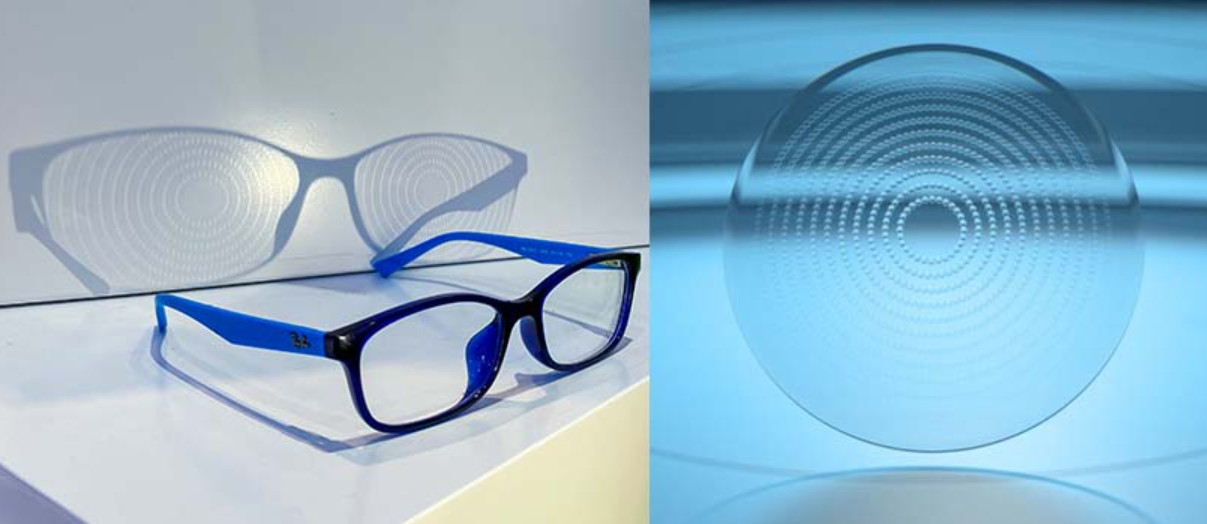Editor’s Note: As part of our “Year in Review” retrospective, we’ve selected the top 30 news stories of the year and are re-sharing them as we close out 2022. Follow along as we count down to number 1!
This story was originally published on August 26, 2022.
No. 29 biggest news story of 2022:
 |
|
Essilor’s Stellest lenses are an emerging treatment option for myopia management. Photo: Essilor. Click image to enlarge. |
A recent study explored the efficacy of spectacle lenses designed for myopia management (incorporating either “highly aspherical lenslets” or “slightly aspherical lenslets”) vs. conventional single-vision spectacle lenses for myopia control. The data revealed that both highly aspherical and slightly aspherical lenslets reduced the rate of myopia progression and axial elongation over the course of a two-year period, with a greater efficacy for highly aspherical lenslets.
In this double-masked, randomized clinical trial, children ages eight to 13 with a cycloplegic spherical equivalent refraction of -0.75D to -4.75D and astigmatism of less than -1.50D were recruited. Participants were randomly assigned in a 1:1:1 ratio to receive spectacle lenses with highly aspherical lenslets, spectacle lenses with slightly aspherical lenslets or single-vision spectacle lenses.
Of the participants who completed each visit (n=157), the researchers analyzed 54 in the highly aspherical lenslets group, 53 in the slightly aspherical lenslets group and 50 in the single-vision spectacle lenses group. They reported the mean two-year myopia progression in the single-vision lens group to be -1.46D compared with -0.66D and -1.04D for the highly aspherical and slightly aspherical lenslet groups, respectively.
When compared with single-vision spectacle lenses, the study authors found that the mean change in spherical equivalent refraction was less for children who received highly aspherical and slightly aspherical lenslets. They reported a mean increase in axial length of 0.69mm for single-vision spectacle lenses. The data showed that, in comparison with single-vision spectacle lenses, increase in axial length was slowed by a mean of 0.35mm for highly aspherical lenslets and 0.18mm for slightly aspherical lenslets.
Additionally, the researchers observed that, when compared with those in the single-vision spectacle lens group, the mean change in spherical equivalent refraction was slowed by 0.99D and the mean increase in axial length was slowed by 0.41mm among children who wore highly aspherical lenslets at least 12 hours every day.
“In children with myopia, wearing highly aspherical lenslets significantly reduced the rate of myopia progression and eye growth over two years compared with slightly aspherical lenslets and single-vision spectacle lenses. This study demonstrated a dose-dependent effect, with higher lenslet asphericity having greater myopia control efficacy,” the study authors concluded in their recent JAMA Ophthalmology paper. “The full-time wearing of highly aspherical lenslets increased myopia control efficacy to 0.99D (67%) for spherical equivalent refraction and 0.41mm (60%) for axial length.”
Bao J, Huang Y, Li X, et al. Spectacle lenses with aspherical lenslets for myopia control vs single-vision spectacle lenses. JAMA Ophthalmology. 2022;140(5):472-8. |


